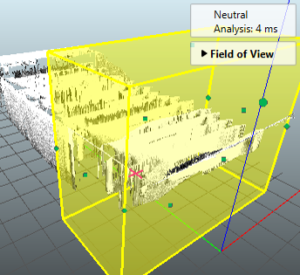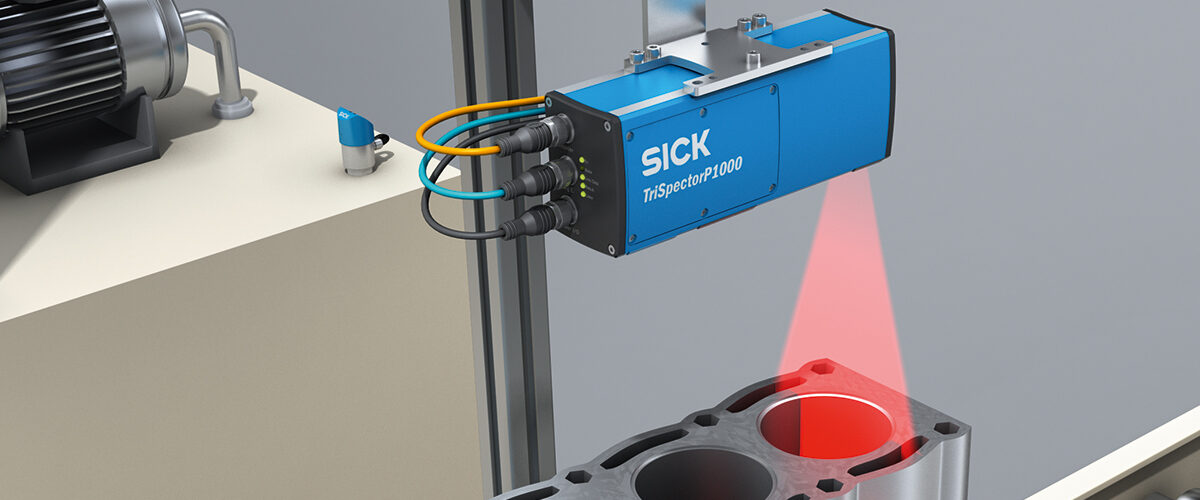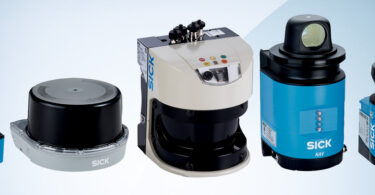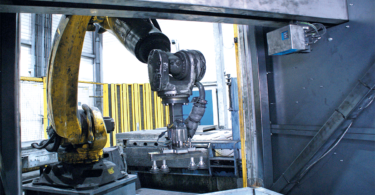Machine vision gives machines the gift of sight, replacing or complementing manual inspection tasks using digital cameras and image processing.
Vision used to be very expensive and complicated, but now exciting advancements have caused the cost to come down creating a compelling and quick ROI. These improvements have led to vision becoming more and more common in the market. There are two vision types: 2D vision and 3D vision.
Machine vision applications range from fairly basic tasks, like presence detection, to complex real-time inspection and grading tasks in harsh environments. Machine vision tasks can be categorized into one of four main tasks:

- Positioning is the task of detecting and locating objects, then report presence or coordinates of the object.
- Inspection is the task of verifying product quality, eg check the presence of all parts of an assembly or find defects and deviations.
- Measurement is the task of determining object dimensions such as length, width, height, area, and volume.
- Reading is the ability to decode and read texts, such as 1D code, 2D code, and OCV/OCR.
2D Vision
In 2D imaging, the analyzable scene is captured either by area camera or by scanning using a line scan camera. The image produced is either in intensity values (monochrome) or color (RGB values). Lighting is one of the most important factors in capturing these images. Correct lighting emphasizes the features that the sensor wants to analyze and ensures a high-quality image. 2D vision is perfect for applications with high contrast, or when the texture or color of the object is the key to the solution. Depending on the type of lighting for the task, 2D vision can be used to do all four tasks and is the dominant technology for machine vision.
3D Vision

3D imaging can be done with scanning technologies or snapshot technologies. Using scanning technology, 3D images are created profile by profile by moving the object through the measurement region or by moving the camera over the object. This movement must be constant for the 3D image to turn out correctly. Snapshot technology captures the 3D images much like a regular camera by simply snapping a picture and then creating the 3D image. Scanned images are usually much more accurate as a 3D image than the snapshot images. 3D vision is ideal for analyzing volume, shape, or 3D position of objects. It can also be used to detect parts and defects with low contrast as long as there is a detectable height difference. 3D vision is mainly used for measuring, inspection, and positioning.





